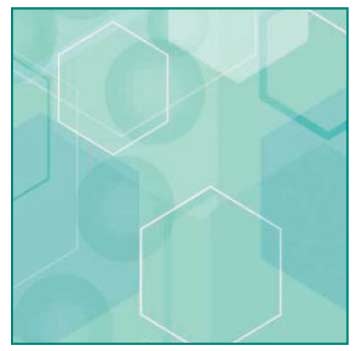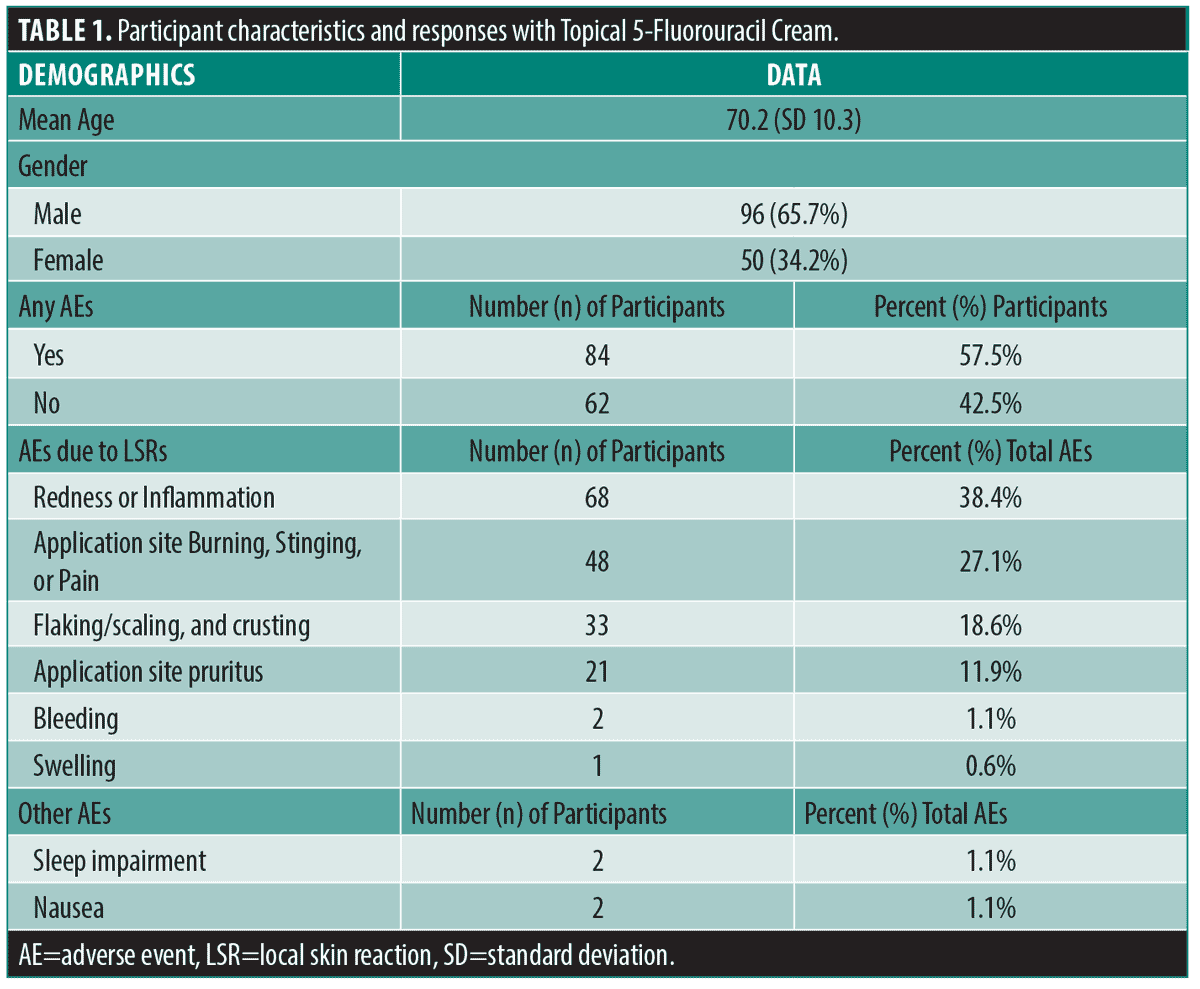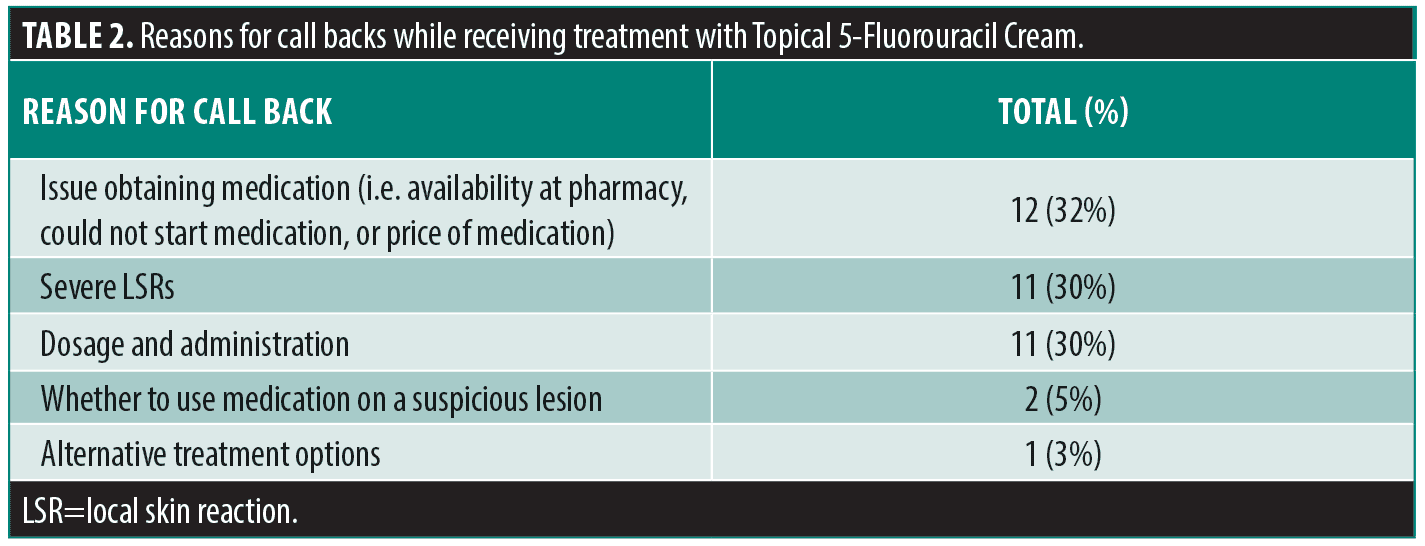 J Clin Aesthet Dermatol. 2023;16(6):53–54.
J Clin Aesthet Dermatol. 2023;16(6):53–54.
by Rohan Singh, BS; Milaan A. Shah, BS; and Steven R. Feldman, MD, PhD
Drs. Singh and Shah are with the Center for Dermatology Research and Department of Dermatology at Wake Forest School of Medicine in Winston-Salem, North Carolina. Dr. Feldman is with the Department of Pathology at Wake Forest School of Medicine in Winston-Salem, North Carolina, the Department of Social Sciences and Health Policy at the Wake Forest School of Medicine in Winston-Salem, North Carolina, and the Department of Dermatology at the University of Southern Denmark in Odense, Denmark.
FUNDING: Funding for this article was provided by Almirall LLC.
DISCLOSURES: Dr. Feldman has received research, speaking and/or consulting support from a variety of companies including Galderma, GSK/Stiefel, Almirall, Leo Pharma, Baxter, Boeringer Ingelheim, Mylan, Celgene, Pfizer, Valeant, Taro, Abbvie, Cosmederm, Anacor, Astellas, Janssen, Lilly, Merck, Merz, Novartis, Regeneron, Sanofi, Novan, Parion, Qurient, National Biological Corporation, Caremark, Advance Medical, Sun Pharma, Suncare Research, Informa, UpToDate and National Psoriasis Foundation. He is founder and majority owner of www.DrScore.com and founder and part owner of Causa Research, a company dedicated to enhancing patients’ adherence to treatment. Ayman Grada is the former Head of R&D and Medical Affairs at Almirall (US). Drs. Singh and Shah reported no conflicts of interest relevant ot this article.
ABSTRACT: Objective. To assess the frequency and character of adverse events (AE) associated with 5-FU and compare rate of these events to topical tacrolimus, another irritating topical treatment, as a control.
Methods. Patients prescribed 5-FU for Actinic keratosis (AK) between 1/2015 to 10/2021 were contacted via phone to assess frequency of AE and why they did or did not contact their dermatologist via retrospective chart review. A similar retrospective chart review was done for patients prescribed topical tacrolimus between 1/2015 to 10/2021.
Results. Participants frequently reported AE with 5-FU treatment (58%), which most commonly included redness or inflammation (38%) and burning, stinging, or pain (27%). There were 33 call backs for 5-FU (37 distinct questions) and the most common reasons included issues obtaining the medication (n=12) and inquiries about severe LSR (n=11). There were two call backs for topical tacrolimus related to issues obtaining the medication.
Limitations. Topical tacrolimus as a control helps address the lack of objective assessment of AE severity and potential recall bias limitations of the study methodology.
Conclusion. Participants in our cohort frequently reported AE, and those who reported AE often contacted their dermatologist. The irritation induced by 5-FU is of greater severity compared to topical tacrolimus, as evidenced by much greater call-back rate. Addressing the risks and benefits of 5-FU, severity of LSR, and use of alternative treatments may improve AK treatment outcomes.
Keywords: Actinic keratosis, adverse events, call-backs, local skin reactions, topical 5-fluorouracil, topical tacrolimus
Topical treatments for actinic keratosis, such as 5-fluorouracil cream (5-FU), are more efficacious for fields of AKs compared to cryosurgery.1,2 However, 5-FU treatment requires prolonged treatment (up to 4 weeks) and causes frequent local skin reactions (LSRs).2 Patients treated with 5-FU may call their physician’s office regarding questions or issues with their treatment. To better characterize the frequency and character of reactions, in addition to issues and questions patients may have while receiving treatment with 5-FU, we assessed the frequency with which patients treated with 5-FU reported adverse events (AE) and why they did or did not contact their dermatologist. We also assessed AE frequency and call backs for topical tacrolimus, a non-steroidal anti-inflammatory calcineurin inhibitor frequently associated with LSRs, as a control.3,4
Methods
Patients prescribed 5-FU cream for AK (ICD 10: L57) between January 2015 to October 2021 were contacted via phone, after IRB approval, to assess the frequency and character of AEs associated with 5-FU treatment. A retrospective chart review was then conducted to assess if and why the respective patients contacted their dermatologist. A similar retrospective chart review over the same time period was conducted for patients prescribed topical tacrolimus, another topical medication commonly associated with cutaneous irritation to assess if and why the patients contacted their dermatologist. The rate of and reasons for call-backs for patients were compared. Data were analyzed using SAS Software 9.4, and differences in call-backs were analyzed using Fisher’s Exact Test.
Results
Participants (n=146) receiving 5-FU were mean age 70.2 (SD: 10.3), 96 male, 50 female; 58 percent (n=84) reported AEs (male 58% and female 42%). Of those who experienced AEs, the most commonly reported AEs were redness or inflammation (38%), burning, stinging, or other accounts of pain (27%), dry, scaly, or scabbing skin (19%), and pruritus (12%) (Table 1).
There were 33 call backs from the 146 5-FU participants (23%; male 63% and female 37%) (Table 1). Most call-backs occurred in participants who reported AE (79%), compared to those who did not report AE (21%; p<0.01). There were 37 distinct questions among the 33 call backs. The most common reasons for call-backs in all 5-FU participants were due to issue obtaining the medication (n=12), inquiries about severe LSRs (n=11), and how to properly use 5-FU (n=11). Other reasons included whether to use the medication on a suspicious lesion (n=2) and alternative treatment options (n=1) (Table 2).


Participants prescribed 5-FU had more call-backs (n=33, 23%), when compared to topical tacrolimus (n=2, 6%; p<0.05). The two call-backs for topical tacrolimus were related to issues obtaining the medication.
Discussion
In our cohort, most participants reported AE, consistent with past results.5 5-FU, first approved for AK treatment in 2000, is the most commonly prescribed topical AK treatment and is prescribed once to twice daily for up to four weeks, depending on the body region.1 Moreover, 5-FU is a cytotoxic chemotherapy agent that causes irritation due to cell necrosis. The most used formulation and concentration for 5-FU is 5% 5-FU cream. Lower concentrations are available such as 4%, 1%, and 0.5% 5-FU cream, but are not widely used.6 Our study is limited by lack of objective assessment of AE severity and potential recall bias in participants who had not used 5-FU recently. Participants who reported experiencing AE often contacted their dermatologist. The severity of LSRs was the second most common reason for these calls. The irritation induced by 5-FU is of greater severity than other irritating topical treatments, topical tacrolimus, as evidenced by the much greater call-back rate.3,4 Having this control mitigates the limitation of objective assessment of AE severity and potential recall bias.
The frequency and severity of LSRs associated with 5-FU appears to be considerably more impactful than the LSRs associated with topical tacrolimus.5 Issues obtaining 5-FU and how to properly use it were also common. Call backs place an additional burden on dermatology offices. Severe skin reactions may cause poor treatment adherence and treatment failure.5,7 Counseling patients on the risks and benefits of using 5-FU, the severity of anticipated LSRs, how to use the medication, and alternative treatment options may help improve topical AK treatment outcomes.
References
- Ranpariya VK, Muddasani S, Mahon AB, et al. Frequency of procedural and medical treatments of actinic keratosis. J Am Acad Dermatol. 2022 Apr;86(4):916–918.
- Emmerich VK, Cull D, Kelly KA, et al. Patient assessment of 5-fluorouracil and imiquimod for the treatment of actinic keratoses: a retrospective study of real-world effectiveness. J Dermatolog Treat. 2021 May 5:1–4.
- Reitamo S, Wollenberg A, Schöpf E, et al. Safety and efficacy of 1 year of tacrolimus ointment monotherapy in adults with atopic dermatitis. The European Tacrolimus Ointment Study Group. Arch Dermatol. 2000 Aug;136(8):999–1006.
- Arora CJ, Rafiq M, Shumack S, et al. The efficacy and safety of tacrolimus as mono- and adjunctive therapy for vitiligo: A systematic review of randomised clinical trials. Australas J Dermatol. 2020 Feb;61(1):e1–e9.
- Grada A, Feldman SR, Bragazzi NL, et al. Patient-reported outcomes of topical therapies in actinic keratosis: A systematic review. Dermatol Ther. 2021 Mar;34(2):e14833.
- Rajkumar JR, Armstrong AW, Kircik LH. Safety and Tolerability of Topical Agents for Actinic Keratosis: A Systematic Review of Phase 3 Clinical Trials. J Drugs Dermatol. 2021 Oct 1;20(10):s4s4-s14.
- Teixeira A, Teixeira M, Almeida V, et al. Methodologies for medication adherence evaluation: Focus on psoriasis topical treatment. J Dermatol Sci. 2016 May;82(2):63–68.

